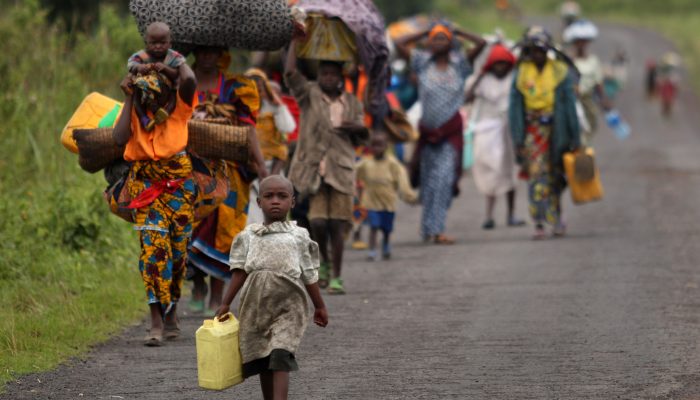Humanitarian action has never been carried out in isolation from other sectors. Building on long-running initiatives, such as “linking relief rehabilitation and development” (LRRD) and disaster risk reduction (DRR), efforts to strengthen connections with other sectors have accelerated over the past few years, especially following the 2016 World Humanitarian Summit. The UN and World Bank’s New Way of Working (NWoW), the EU’s Joint Humanitarian and Development Frameworks, and other initiatives have in common a focus on the “nexus” between humanitarian work and development, as well as with peace and security to ensure that common objectives are reached.
In these new models connecting and aligning humanitarian action, development, peace, and security, the vision of the role for humanitarian protection is less clear. There may be agreement that the overarching responsibility for protection is shared, but key practical questions remain, including:
– Who carries out humanitarian protection work in practice in the nexus?
– How is the need for independence of certain protection work ensured in conflict-affected and politically sensitive contexts?
– Are we facing risks that we will create protection gaps?
– Who should be tasked with coordinating to ensure any such gaps are covered?

– Photo Uriel Sinai/Stichting Vluchteling/IRC –
